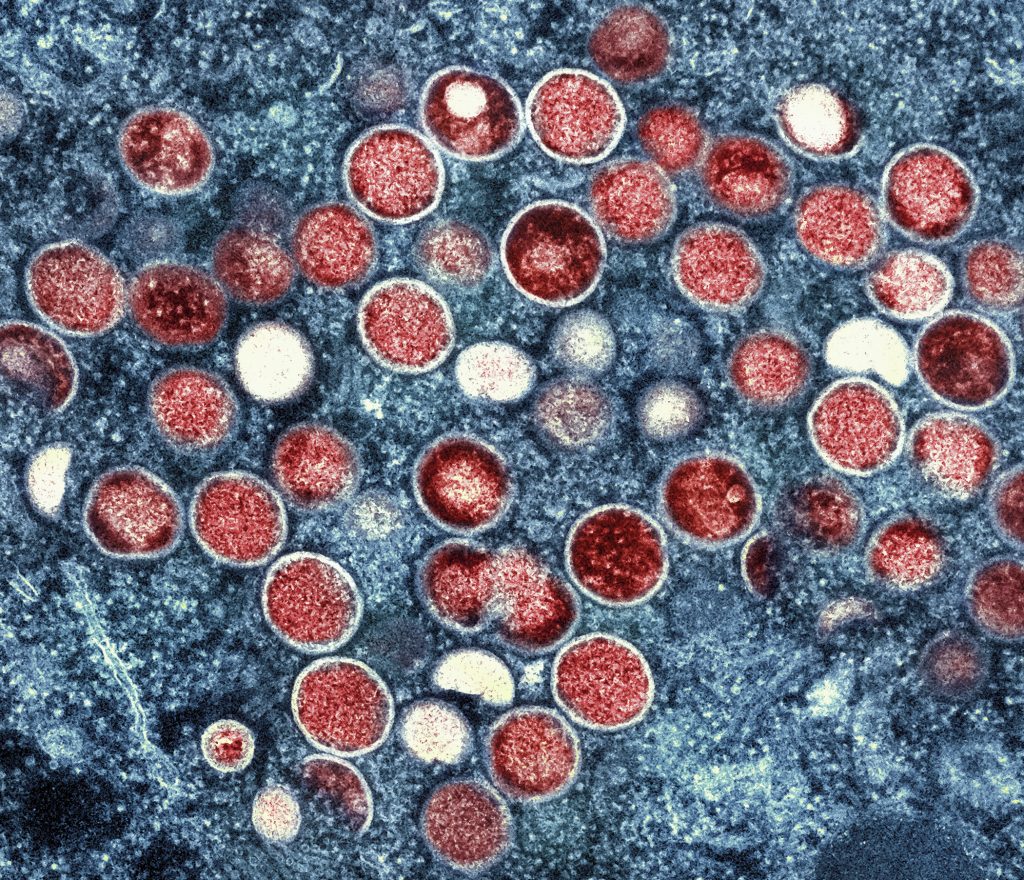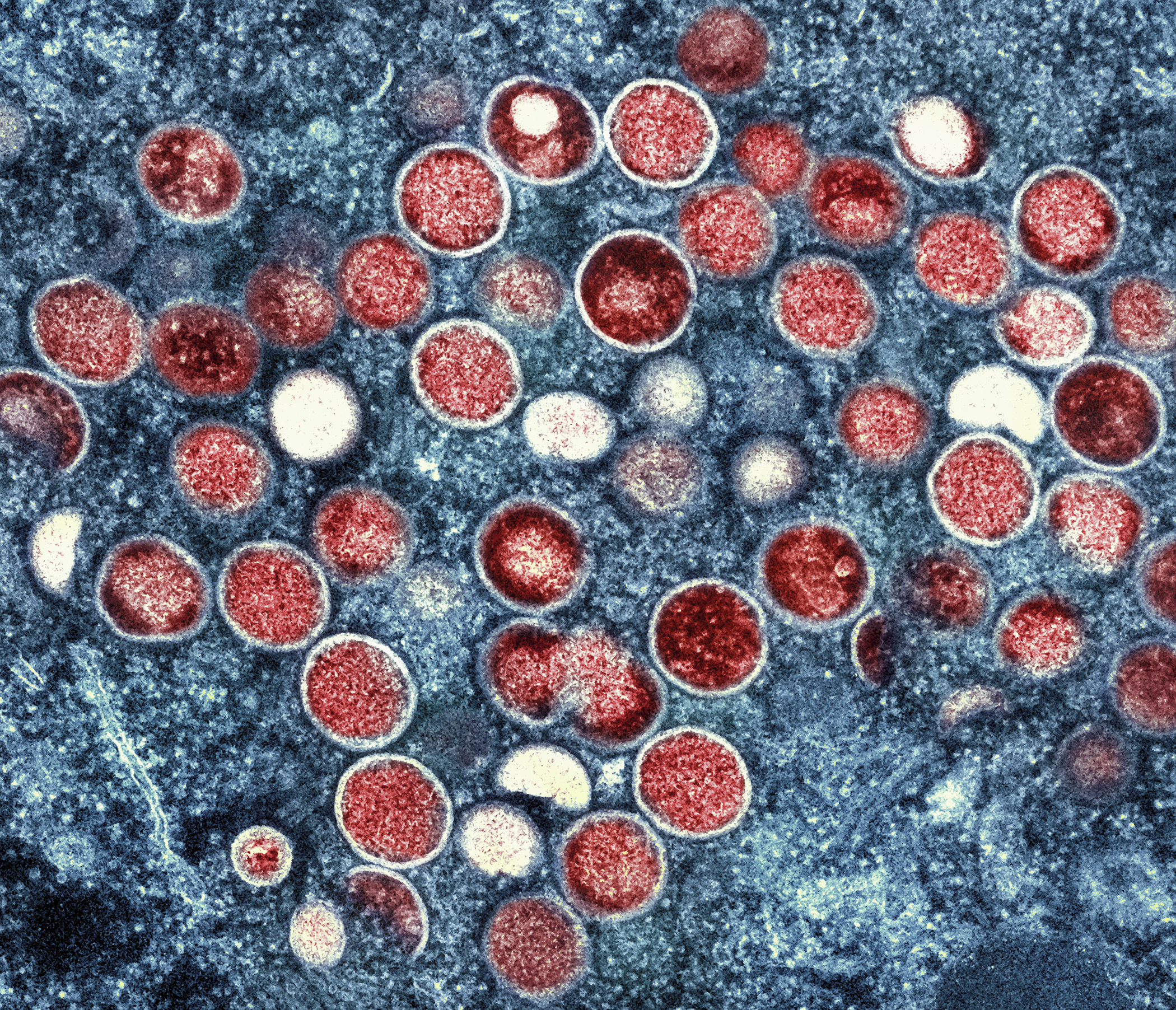
The World Health Organization has declared the ongoing outbreaks of mpox in Congo and elsewhere in Africa to be a global emergency, requiring urgent action to curb the virus’ transmission.
Sweden has since announced it had found the first case of a new form of mpox previously only seen in Africa in a traveler, while other European health authorities warned more imported cases were likely.
Here’s a look at mpox and how likely it is to spread further:
Is mpox going to trigger another pandemic?
That seems highly unlikely. Pandemics, including the most recent ones of swine flu and COVID-19, are typically sparked by airborne viruses that spread quickly, including by people who may not be showing symptoms.
Related Stories
Grande Cosmetics: Mascara That Delivers for African American Beauty Consumers
Five Grants to Help Black-owned Businesses
Mpox, also known as monkeypox, is spread primarily through close skin-to-skin contact with infected people or their soiled clothes or bedsheets. It often causes visible skin lesions that could make people less likely to be in close contact with others.
To stay safe, experts advise avoiding close physical contact with someone who has lesions resembling mpox, not sharing their utensils, clothing or bedsheets and maintaining good hygiene like regular hand-washing.
On Friday, Europe’s Centre for Disease Prevention and Control said that more imported cases of mpox from Africa were “highly likely,” but the chances of local outbreaks in Europe were very low.
Scientists say the risk to the general population in countries without ongoing mpox outbreaks is low.
How different is mpox from COVID-19?
Mpox spreads very slowly unlike the coronavirus. Shortly after the coronavirus was identified in China, the number of cases jumped exponentially from several hundred to several thousand; in a single week in January, the case count increased more than tenfold.
By March 2020, when WHO described COVID-19 as a pandemic, there were more than 126,000 infections and 4,600 deaths — about three months after the coronavirus was first identified.
In contrast, it’s taken since 2022 for mpox cases to hit nearly 100,000 infections globally, with about 200 deaths, according to WHO.
There are vaccines and treatments available for mpox unlike in the early days of the COVID-19 pandemic.
“We have what we need to stop mpox,” said Dr. Chris Beyrer, director of Duke University’s Global Health Institute. “This is not the same situation we faced during COVID when there was no vaccine and no antivirals.”
How quickly will these mpox outbreaks be stopped?
It’s unclear. The 2022 mpox outbreak in more than 70 countries was slowed within months, thanks largely to vaccination programs and drugs being made available to at-risk populations in rich countries.
At the moment, the majority of mpox cases are in Africa — and 96% of those cases and deaths are in Congo, one of the world’s poorest countries whose health system has mostly collapsed from the strain of malnutrition, cholera and measles. Although Congolese officials requested 4 million vaccines from donors, it has yet to receive any.
Despite WHO declaring mpox a global emergency in 2022, Africa got barely any vaccines or treatments.
Beyrer of Duke University said it was in the world’s interest to invest now in squashing the outbreaks in Africa.
“We are actually in a good place to get control of this pandemic, but we have to make the decision to prioritize Africa,” he said.
___
The Associated Press Health and Science Department receives support from the Howard Hughes Medical Institute’s Science and Educational Media Group. The AP is solely responsible for all content.







